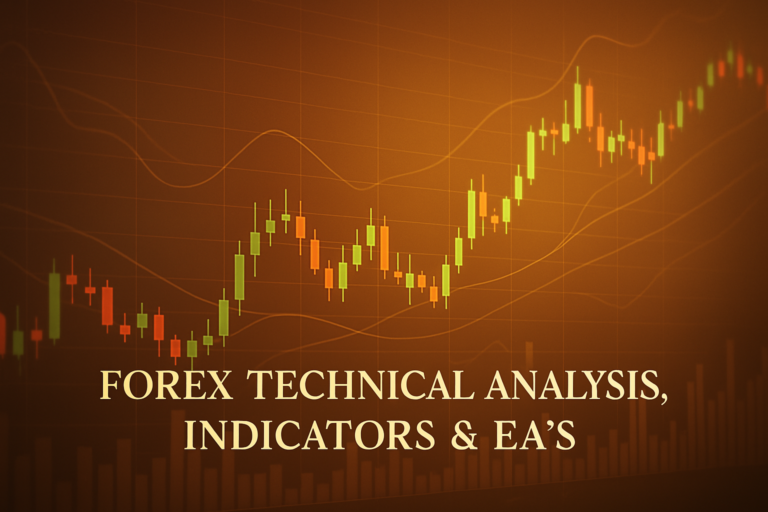
Risk reward calculator helps Forex traders assess potential profits versus losses for better trading decisions.
The risk reward calculator is a crucial tool for Forex traders. It helps them assess potential profits against potential losses before entering a trade. By using a risk reward calculator, traders can make smarter decisions and avoid costly mistakes. This calculator measures the risk of a trade against the expected reward, providing a clear picture of whether a trade is worth taking.
However, many traders, both beginners and professionals, struggle with using it effectively. They often find it challenging to estimate their risk tolerance or the expected reward accurately. This can lead to poor trading decisions and missed opportunities. Understanding and applying the risk reward calculator can help traders maximize their profits while minimizing their losses.
The timing of the market is critical to successful trading. Knowing the market open time helps traders make informed decisions and capitalize on market movements.
Understanding the Risk Reward Calculator
The risk reward calculator is essential for evaluating trade opportunities. When traders enter the Forex market, they need to know how much they are willing to risk versus how much they can potentially gain. This issue often arises due to a lack of experience or understanding of market dynamics. For example, a trader might enter a trade without considering the potential for market fluctuations, resulting in unexpected losses.
Real trading situations can illustrate this issue. Imagine a trader who risks $100 on a trade expecting to make $300. However, they fail to account for market volatility and exit the trade with a $150 loss instead. This scenario highlights the importance of using a risk reward calculator effectively to avoid such pitfalls.
Pro’s and Con’s for Risk Reward Calculator
Using a risk reward calculator has its advantages and disadvantages. Let’s explore both.
Pros:
- Informed Decision-Making: The risk reward calculator helps traders make better decisions based on risk analysis.
- Enhanced Discipline: It encourages traders to stick to their trading plan and not deviate due to emotions.
- Profit Maximization: By understanding potential rewards, traders can focus on high-reward trades.
Cons:
- Over-Reliance: Some traders may become too dependent on the calculator, neglecting market analysis.
- Market Volatility: Sudden market changes can render calculations inaccurate.
- Complexity for Beginners: New traders may find it challenging to use the calculator effectively.
To resolve these issues, traders should follow these steps:
- Educate Yourself: Take time to learn about market dynamics and trading strategies.
- Practice with Simulated Trades: Use demo accounts to practice risk reward calculations without financial risk.
- Set Realistic Goals: Understand your own risk tolerance and set achievable profit targets.
Advanced traders should also keep these tips in mind:
- Be Flexible: Be prepared to adjust your calculations based on real-time market data.
- Review Past Trades: Analyze previous trades to refine your risk reward strategy.
Another challenge traders often face is the slow execution of automated trading strategies, which can impact their ability to respond to market changes quickly.
Frequently Asked Questions
1. What is a risk reward calculator?
A risk reward calculator is a tool used by traders to compare the potential risk of a trade against the potential reward. For example, if a trader risks $100 to make a profit of $300, the risk reward ratio is 1:3. This means for every dollar risked, the potential gain is three dollars. Understanding this ratio helps traders make informed decisions.
2. Why is the risk reward ratio important?
The risk reward ratio is important because it helps traders understand the potential outcome of a trade. A higher ratio indicates a more favorable trade. For instance, a trader with a risk reward ratio of 1:4 can afford to lose three times before they start to incur losses. This knowledge is crucial for managing risk effectively.
3. How do I calculate risk reward ratio?
To calculate the risk reward ratio, divide the potential loss by the potential profit. For example, if you risk $100 to potentially gain $300, the calculation would be $100 (risk) / $300 (reward) = 0.33 or 1:3. This shows the risk compared to the reward, helping you determine if the trade is worth taking.
4. What tools can I use for risk reward calculations?
There are several online tools and apps available for risk reward calculations. Many Forex trading platforms also include built-in calculators. These tools provide a user-friendly interface, allowing traders to input their risk and reward figures quickly. Always choose a calculator that is reliable and easy to use.
5. Can beginners use a risk reward calculator effectively?
Yes, beginners can use a risk reward calculator effectively with some practice. It is essential for new traders to familiarize themselves with the tool and understand basic concepts of risk management. Utilizing demo accounts can also help beginners gain confidence in their calculations before trading with real money.
6. What are common mistakes when using a risk reward calculator?
Common mistakes include overestimating potential rewards, underestimating risks, and ignoring market volatility. For example, a trader may assume a trade will yield high profits without considering external factors like economic news or geopolitical events that can affect prices. It is crucial to remain realistic and consider all variables.
7. How can I improve my risk reward strategy?
Improving your risk reward strategy involves continuous learning and practice. Analyze past trades to identify patterns and areas for improvement. Additionally, stay updated on market trends and news, as these can impact your trading decisions. Regularly reviewing your strategy will help you become more adept at using the risk reward calculator.
Conclusion
In summary, understanding the risk reward calculator is vital for successful Forex trading. By learning how to use it effectively, traders can manage their risks and improve their chances of making profitable trades. Remember, this issue can be managed or avoided with practice and the right strategies. Stay informed and continue to enhance your trading skills.
Every trader starts somewhere. Don’t get discouraged! Use the risk reward calculator as your guide. With time and practice, you will grow and succeed in Forex trading.
Recommended Next Steps
To enhance your understanding and application of the risk reward calculator, consider these steps:
- Start by using a demo account to practice risk calculations without financial risk.
- Read about market trends and news that affect your trades.
- Join trading communities to share experiences and learn from others.
- Utilize online resources and tools to assist with your risk reward calculations.
By taking these steps, you can improve your trading strategies and increase your chances of success in the Forex market.
Stay ahead of the game by reading expert-backed advice on this topic IG Group, Trading Point (XM)
Expand Your Knowledge
- 📌 Forex Trading Learning Road Map
- 📌 Forex Trading Course with no Fees
- 📌 Forex Trading Issues, Problems, and Solutions
- 📌 Forex Daily Forecast & Live Updates
- 📌 Forex Fundamental & News Analysis: Tomorrow’s Market Movers & Trade Opportunities
- 📌 Forex Education Hub: Learn & Profit
- 📌 Forex Technical Analysis, Indicators & EA’s
Start Trading Today
Ready to take your forex trading to the next level? Open an account with Exness, one of the most trusted platforms in the industry. 👉 Sign Up Now and trade with confidence!
My recommended broker stands out with ultra-low spreads for beginners, instant withdrawals, and zero spread accounts for pro traders.
Trusted since 2008, lightning-fast execution, no hidden fees, and a secure, transparent trading environment—giving you the edge you need to succeed. 🚀
YouTube Video Library: Related Videos
Note: The video above is embedded from YouTube and is the property of its original creator. We do not own or take responsibility for the content or opinions expressed in the video.




